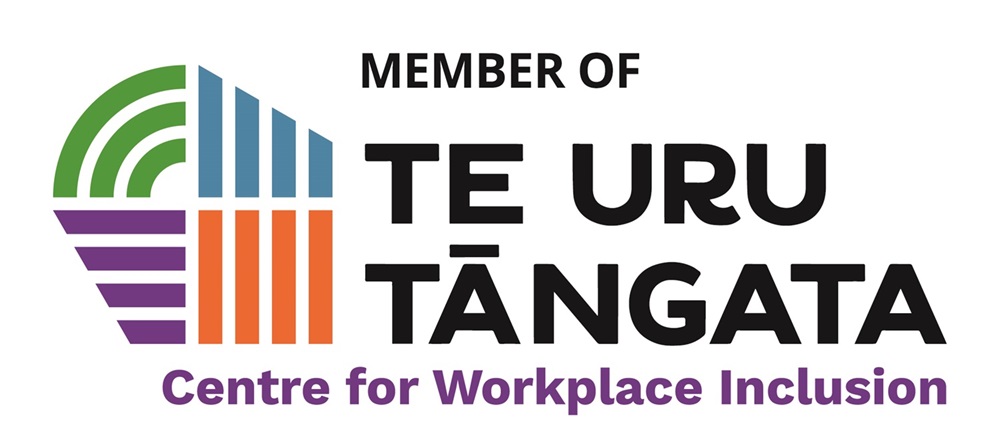The recent (and ongoing) Mainzeal case has highlighted the circumstances in which directors can be held financially liable where inter-group dealings have left a company unable to pay its debts. However, in what circumstances can claimants look to the parent company to satisfy liabilities arising from the acts or omissions of a subsidiary? Recent case law has suggested that there may be an avenue whereby the parent company can, in certain circumstances, be held directly liable for a breach of a “duty of care” arising from the acts or omissions of its subsidiary companies.
It is important to note that situations where a parent company could be liable for a subsidiary’s actions do not necessarily “pierce the corporate veil”. Appropriate corporate structuring remains a robust risk mitigation strategy. Instead, we discuss below a situation where a parent company may be liable for its subsidiary’s actions when applying the normal test of negligence, including as to foreseeability, proximity and policy. The New Zealand courts have expressed a view that the practice of setting up separate legal entities should not be used as a way of shielding parent companies from the legal consequences of their subsidiaries’ negligent acts or omissions in situations where the parent’s actions bring it into sufficient proximity to the wrongdoing.
Group structuring
A corporate structure involving a number of separate entities is common in New Zealand. Often a parent company will carry out operations on its own account or administer ‘head office functions’ for the group of companies. The obvious advantage of this type of structure is that each company is a separate legal entity which can serve to contain the risk of certain business activities to the particular entity, and protect the assets of related business entities. As noted above, this is, and continues to be, a sound structuring strategy.
Liability for a subsidiary’s actions
However, a recent matter heard before the New Zealand Court of Appeal (Court)[1] has indicated that a parent company could, in certain circumstances, be found liable for the negligent actions or omissions of a subsidiary company (and an application for leave to appeal the matter to the Supreme Court has recently been dismissed). This means that even though a parent and its subsidiaries are separate legal entities, liability could be borne by the parent company for the subsidiary’s actions where a duty of care is found to be owed by the parent to the claimant.
In giving its decision, and relying substantially on English case law, the Court has suggested that parent companies could be held to owe a duty of care and therefore be liable for the negligence of their subsidiaries where the parent:
- Takes over the running of the relevant aspect of the business of the subsidiary;
- Has superior knowledge of the relevant aspect of the business of the subsidiary, the subsidiary relied on that knowledge and the parent knew or ought to have foreseen the alleged deficiency; or
- Takes responsibility (irrespective of superior knowledge or skill) for the policy or advice which is linked to the wrongful actions of the subsidiary that caused loss or harm.
It is important to note that, in part, this matter arose from an application for dismissal on the basis there was no serious question to be tried. The Court, however, determined that the case raised issues which were worthy of a full hearing and therefore the question of whether a parent company will, in this case, be found to be ultimately liable will now be argued at trial. The position in New Zealand, which is far from settled, therefore may head in the direction of some international jurisdictions, where parent companies can be held liable for the negligence of their subsidiaries if they fall within the parameters outlined above.
Lessons learnt
This case is a timely reminder to review your existing business structure and consider how the separate companies interact with each other, as well as how they arrange and operate their affairs within the corporate group. If the companies within your corporate structure work together in such proximity that the scenarios described above could apply, then the parent company could find itself the subject of a claim arising from certain actions of those subsidiaries.
Practical steps that you can take now include the following:
- Ensure that all companies in your business structure are managed independently, for example, holding separate board meetings and recording separate corporate resolutions, holding separate bank accounts and paying debts from the appropriate company entity;
- Re-affirm the relationship, rights and obligations between parent and subsidiary companies and ensure they are properly documented; and
- Consider overall whether your current corporate group structure is appropriate for your business operations and whether there are more effective ways of structuring your business.
If you would like any advice on how these developments might specifically affect your business arrangements, or if you would like assistance with structuring your business generally, please get in touch with a member of the Lane Neave Business Law team.
[1] James Hardie Industries Plc v White [2018] NZCA 580.
Business Law team
Gerard Dale, Claire Evans, Graeme Crombie, Evelyn Jones, Anna Ryan, Joelle Grace, Peter Orpin, Ellen Sewell, Matt Tolan, Carlo Wan, Kristina Sutherland, Jacob Nutt, Whitney Moore, Alex Stone, Ben Cooper, Lisa Catto
Also in this edition:
Business Law Newsletter:
Click here for other Corporate Law articles.



